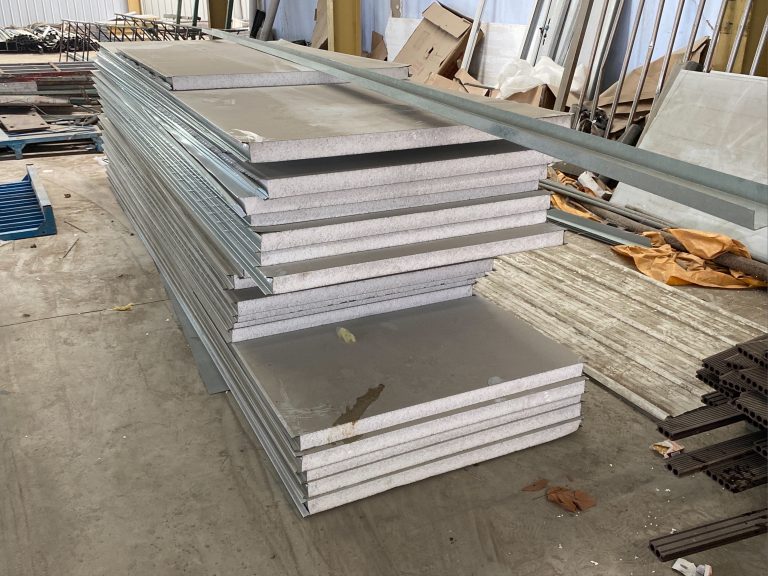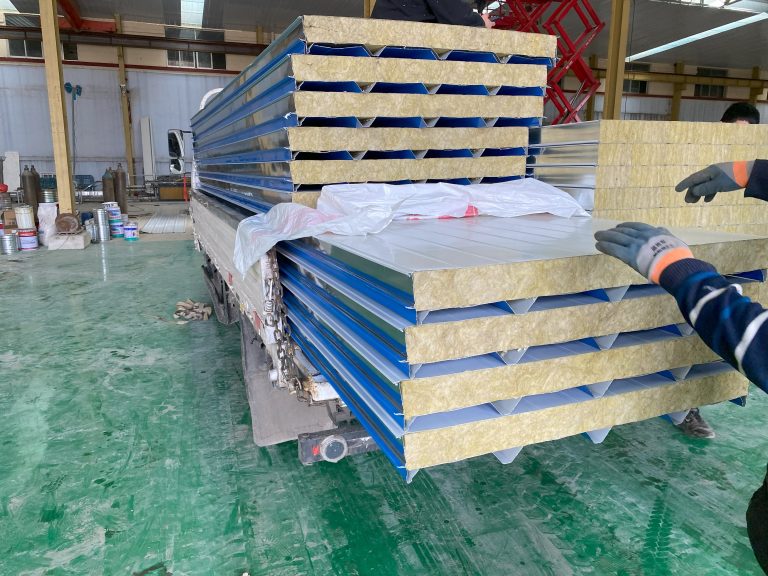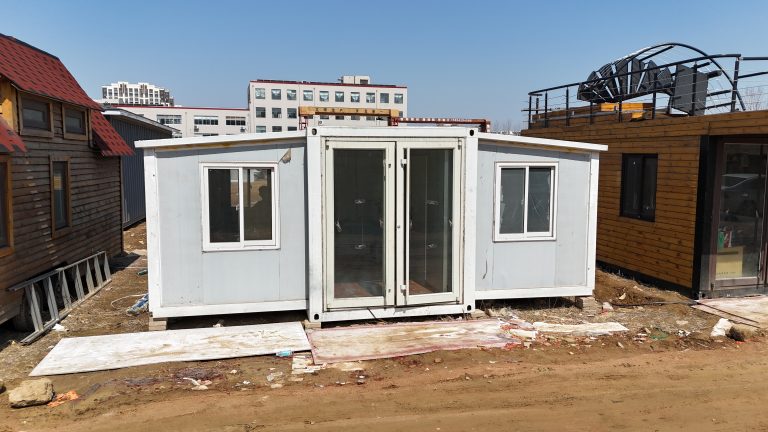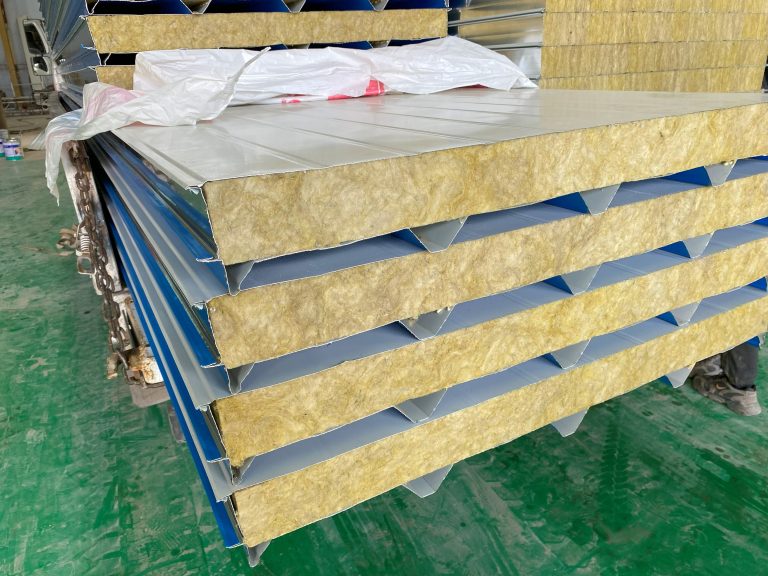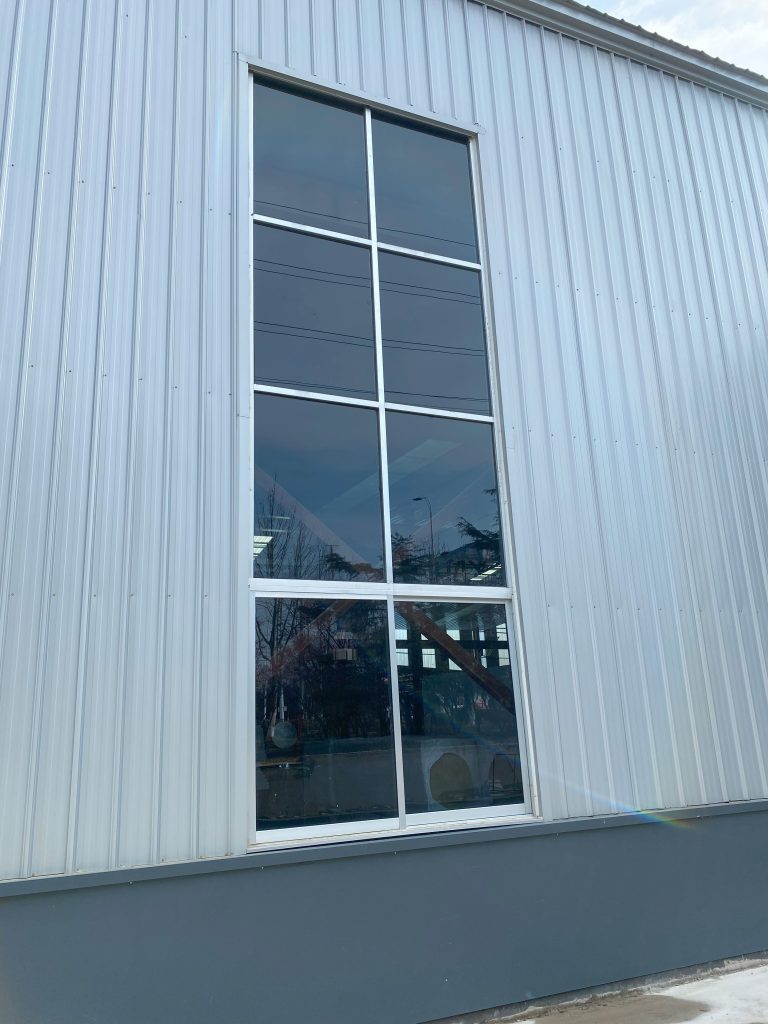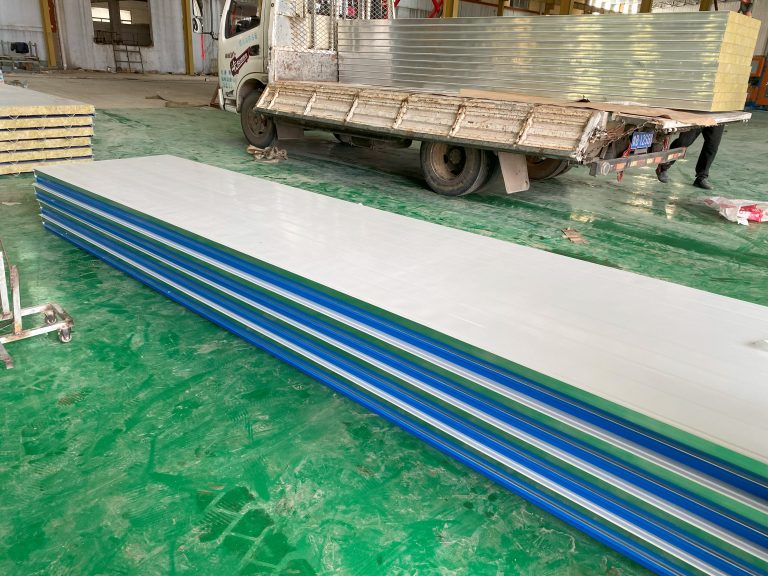The practice of steel structure industry in promoting the humanized design of construction buildings
Table of Contents
Benefits of Incorporating Human-Centered Design Principles in Steel Structure Construction
The steel structure industry plays a crucial role in the construction of buildings, bridges, and other infrastructure projects. Steel structures are known for their strength, durability, and versatility, making them a popular choice for architects and engineers. However, in recent years, there has been a growing emphasis on incorporating human-centered design principles in steel structure construction.
Human-centered design is an approach that focuses on creating products, services, and environments that meet the needs and preferences of the people who will use them. In the context of construction buildings, human-centered design principles can help create spaces that are not only functional and efficient but also comfortable, safe, and aesthetically pleasing for occupants.
One of the key benefits of incorporating human-centered design principles in steel structure construction is the promotion of occupant well-being. By considering the needs and preferences of building occupants, architects and engineers can create spaces that promote physical and mental health. For example, incorporating natural light, ventilation, and green spaces in steel structure buildings can help improve indoor air quality, reduce stress, and increase productivity.
In addition to promoting occupant well-being, human-centered design principles can also enhance the overall user experience of a building. By designing spaces that are intuitive, accessible, and user-friendly, architects and engineers can create environments that are easy to navigate and use. This can be particularly important in public buildings such as hospitals, schools, and offices, where a positive user experience can have a significant impact on occupant satisfaction and productivity.
Furthermore, incorporating human-centered design principles in steel structure construction can also help improve the sustainability and efficiency of buildings. By designing spaces that are energy-efficient, resource-efficient, and environmentally friendly, architects and engineers can reduce the environmental impact of construction projects and promote sustainable practices. For example, using recycled materials, installing energy-efficient systems, and designing buildings with passive heating and cooling strategies can help reduce energy consumption and lower operating costs.
Another benefit of incorporating human-centered design principles in steel structure construction is the promotion of social inclusion and diversity. By designing spaces that are inclusive, accessible, and welcoming to people of all ages, abilities, and backgrounds, architects and engineers can create environments that promote social interaction, collaboration, and community engagement. This can be particularly important in public spaces such as parks, plazas, and community centers, where fostering a sense of belonging and connection can help strengthen social ties and promote well-being.
In conclusion, the practice of steel structure industry in promoting the humanized design of construction buildings has numerous benefits for building occupants, users, and the environment. By incorporating human-centered design principles in steel structure construction, architects and engineers can create spaces that are not only functional and efficient but also promote occupant well-being, enhance user experience, improve sustainability, and foster social inclusion. As the demand for sustainable, user-friendly, and inclusive buildings continues to grow, the steel structure industry has a unique opportunity to lead the way in promoting humanized design principles and creating spaces that enrich the lives of people around the world.
Case Studies of Successful Implementation of Humanized Design in Steel Structure Buildings
The steel structure industry plays a crucial role in promoting the humanized design of construction buildings. By utilizing steel as the primary material for building structures, architects and engineers have the flexibility to create innovative and functional spaces that prioritize the well-being and comfort of occupants. In this article, we will explore some case studies of successful implementation of humanized design in steel structure buildings.
One notable example is the Burj Khalifa in Dubai, which is the tallest building in the world. The design of the Burj Khalifa incorporates steel elements that not only provide structural support but also enhance the overall aesthetic appeal of the building. The use of steel allowed for the creation of large open spaces and floor-to-ceiling windows, which maximize natural light and offer stunning views of the city. Additionally, the building features a sky lobby on the 123rd floor, providing occupants with a unique and luxurious experience.
Another case study is the Hearst Tower in New York City, which is a prime example of sustainable and human-centered design. The building’s steel structure incorporates recycled materials, energy-efficient systems, and green spaces that promote a healthy and productive work environment. The Hearst Tower also features a unique diagrid system, which not only provides structural support but also creates a visually striking exterior that reflects the company’s commitment to innovation and sustainability.
In China, the Shanghai Tower is a groundbreaking example of humanized design in steel structure buildings. The tower’s twisting form not only reduces wind loads but also creates a series of sky gardens that provide occupants with access to outdoor spaces and panoramic views of the city. The use of steel in the construction of the Shanghai Tower allowed for the creation of a lightweight and flexible structure that could accommodate the building’s unique design requirements.
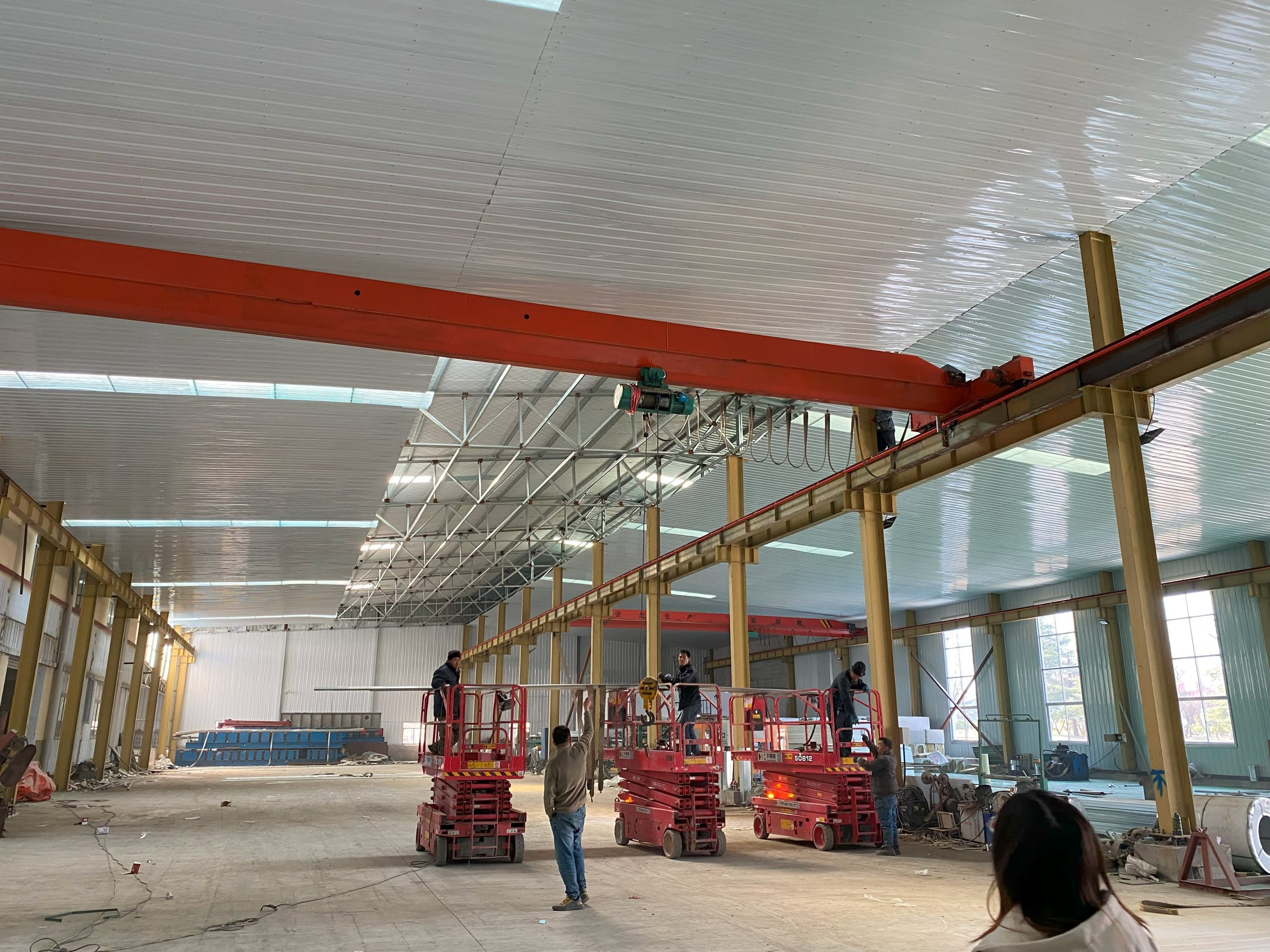
The Steelcase Global Headquarters in Michigan is another case study that showcases the benefits of humanized design in steel structure buildings. The building features a steel frame that supports a series of glass facades, creating a transparent and inviting workspace that promotes collaboration and creativity. The Steelcase Headquarters also incorporates biophilic design principles, such as natural light, greenery, and outdoor spaces, which have been shown to improve employee well-being and productivity.
Overall, these case studies demonstrate the importance of the steel structure industry in promoting humanized design in construction buildings. By utilizing steel as a versatile and sustainable material, architects and engineers can create innovative and functional spaces that prioritize the well-being and comfort of occupants. From the Burj Khalifa in Dubai to the Steelcase Headquarters in Michigan, these buildings showcase the potential of steel structure buildings to enhance the human experience and create spaces that inspire and delight.

